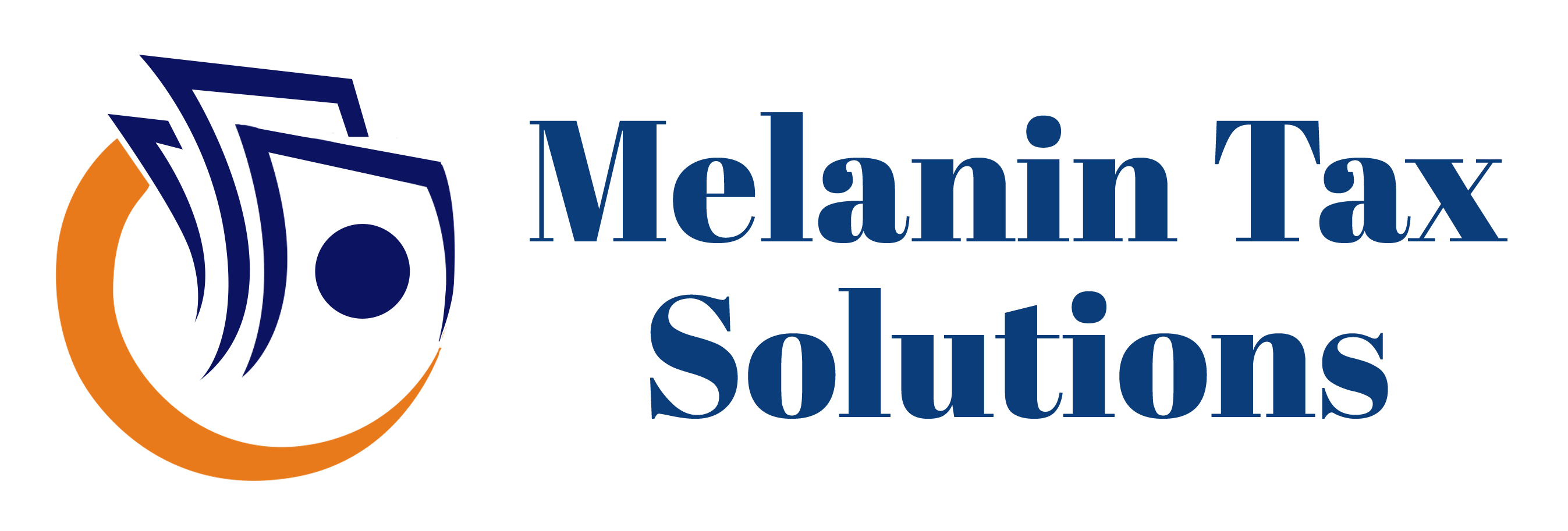
Some people might think tax planning is only for high-wealth, high-profit individuals–but that is an inaccurate assumption. Small businesses in New York can also benefit from tax planning. There is much more about taxes that each of us should be aware of. Learning how to file your New York taxes properly is just the beginning. However, unless you’re an accountant, bookkeeper, or tax expert, there is no shame in the fact that you may not be very knowledgeable about taxes.
A tax strategy is based on a variety of factors, including quantity of revenue, timing of purchases and the planning of expenditures. Along with these factors, you would also need to consider the various retirement plans you have in place. The best financial outcome for your small business can be achieved by appropriately disclosing your tax filing status and deductions.
Taxes are hard, even moreso in the context of your small business’ taxes. To help you stay compliant with taxes and possibly even reduce the taxes you owe, it’s advisable to make sure that you follow the appropriate guidelines for tax planning for small businesses in New York. Here are five things you should keep in mind when tax planning for your company in New York.
-
Read about tax brackets and how they work
The US tax structure is gradual. The rate increases as the amount increases. As a result, NY businesses with higher taxable earnings pay more in taxes, and those with lower taxable earnings pay less. Seven tax brackets apply to federal income: 10%, 12%, 22%, 24%, 32%, 35%, and 37%. Whichever bracket you fall under, you most likely won’t pay that rate based on your entire income. This is because to determine your taxable income, you can delete tax deductions. Additionally, your taxable income is actually split into portions, and each portion is taxed at a fixed rate.
-
Determine your marginal tax bracket
Check the federal tax tables to see which marginal tax rate applies to you. It’s important to remember that tax brackets are progressive, so evaluate where you fall within the spectrum. You will pay a higher tax rate on each dollar of taxable income as you move into higher marginal tax brackets. Additionally, analyzing your current situation relative to the future allows you to build a plan around when you should pay taxes.
-
Differentiate tax deductions from tax credits
Tax credits and deductions both decrease what you’ll pay in taxes, but in different ways. Certain expenses that you can deduct from your taxable income are known as tax deductions. They essentially lessen the amount that is taxed. On the other hand, tax credits reduce your tax liability dollar for dollar. A $1,000 tax credit, for instance, results in a $1,000 reduction in your tax liability. In essence, tax credits cut your tax bill dollar for dollar and may even boost your refund while tax deductions lower your taxable income and perhaps reduce the amount of taxes you’ll pay as a result.
-
Distinguish standard deduction from itemizing
Standard deduction is a flat-dollar tax deduction done once. Usually, Congress sets the amount of standard deduction, which is then adjusted annually. Which deduction you qualify for depends on your filing status: single, married filing jointly, married filing separately, or head of household. Inversely, you can choose to itemize your tax return instead of taking the standard deduction. This means taking all the individual tax deductions you qualify for separately. One downside, though, is that this makes the preparation of your taxes much more difficult.
-
Take advantage of tax reform
Tax planning 101 in New York won’t be complete without talking about tax reform. Tax reform is typically implemented to increase the effectiveness of tax collection and to maximize the economic and social advantages that the tax system can provide. Tax reform entails altering the structure of one or more taxes, as well as the tax system as a whole, to enhance their functionality.
If these concepts still seem confusing to you, it might be best to talk to a tax planning attorney based in New York. You’ll need someone with a solid grasp of New York tax law who can explain these concepts to you in simple terms and still deliver what you ask of them seamlessly. This is where Melanin Tax comes in.
It’s hard enough to keep track of what taxes your small business owes, let alone submit them and pay them on time. The best way to go about this would be to work with experts in tax planning for small businesses like Melanin Tax.
Melanin Tax offers a range of tax preparation services in NY for both individuals and companies. Interested? Give us a call at (347) 943-6772 or visit our website today for more information.

Media Contact
Company Name: Melanin Tax Solutions
Contact Person: Lorraine M.
Email: Send Email
Phone: (347) 943 6772
Address:1200 Waters Pl Suite 105
City: The Bronx
State: New York 10461
Country: United States
Website: melanintax.com

